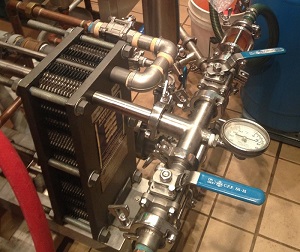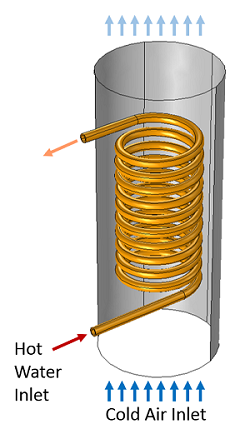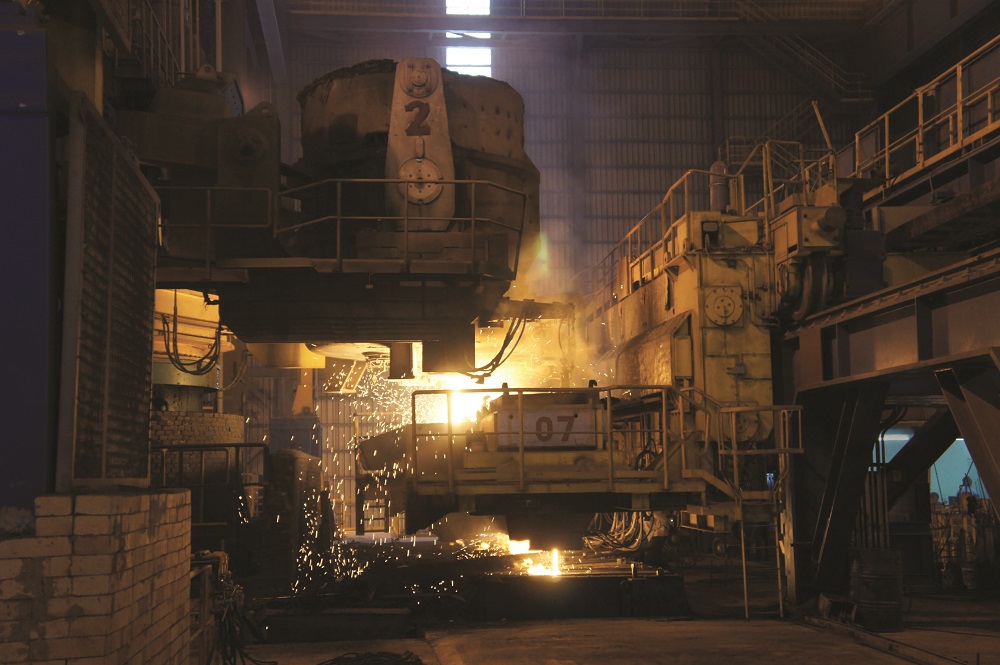Fluid & Heat Blog Posts

Improving the Beer Brewing Process with Simulation
Which side of home beer brewing are you more interested in: The culinary side, like the recipes and ingredients, or the engineering one, like the conjugate heat transfer and chemical reactions?

Accurate Hematology Analysis Using Hydrofocusing
Hematology analysis is important for diagnosis and treatment. Researchers at HORIBA Medical used simulation to develop new methods for analyzing the accuracy of their hematology analysis devices.

Modeling a Coil Heat Exchanger
Coil heat exchangers are simple and easy to manufacture — but what about modeling them? Adding expressions to compute the temperature drop between coil turns simplifies the modeling process.

How to Obtain Oil Cost-Effectively with Multilateral Wells
1 example of how numerical simulation benefits the oil & gas industry: You can predict the stability of a multilateral well to determine if it will need expensive mechanical stabilization.

Phase Change: Cooling and Solidification of Metal
Phase change: A transformation of material from one state of matter to another due to a change in temperature. Learn how to model phase change in a continuous casting process.

Optimizing the Continuous Casting Process with Simulation
To optimize the steelmaking process of continuous casting, researchers at SMS Concast turned to simulation. One result? A steelmaking plant in Taiwan reduced yearly CO2 emissions by ~40,000 tons.

Understanding Traffic Congestion via Equation-Based Modeling
Boring, frustrating, extremely inconvenient: We’ve all experienced a traffic jam when trying to get from Point A to Point B. Researchers used equation-based modeling to study traffic congestion.

Designing Fully Superconducting Rotating Machines
Researchers from the Department of Mechanical Engineering at the University of Houston used simulation to investigate the stress and heat distribution in superconducting rotating machines >>
